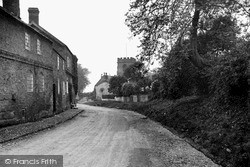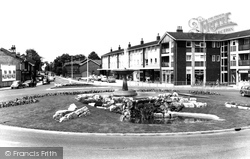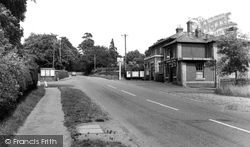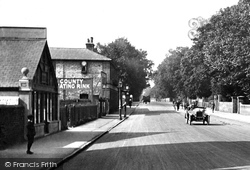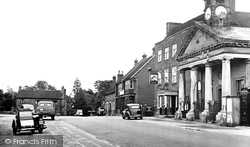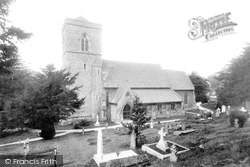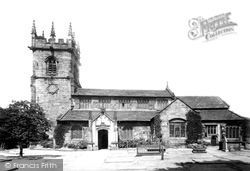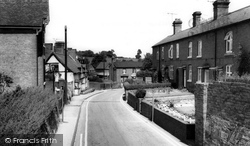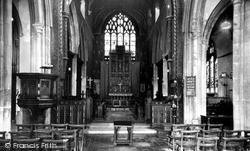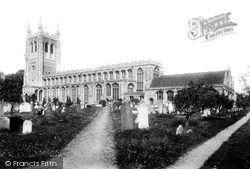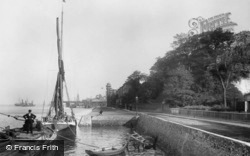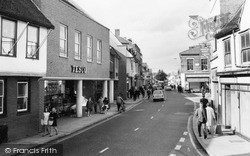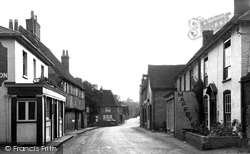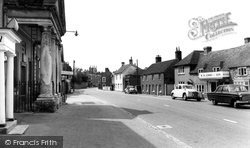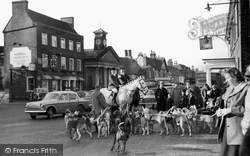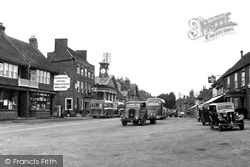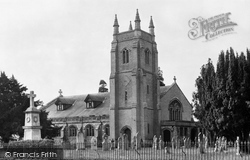Captions
29 captions found. Showing results 1 to 20.
This photograph shows Eccleston church about ten years before it was rebuilt in the style of the 14th century by G F Bodley; the work was paid for by the first Duke of Westminster.
stone tower of this Perpendicular church situated in the heart of the old village, with its 17th- century cupola on the stair turret, was heavily restored during the 19th century, partly by Bodley
A memorial stone at the entrance to Botley station recalls the murder in 1800 of one Thomas Webb.
A millwright called John Bewley had established an iron-foundry in New Street in 1808, on the site of some hop kilns.
The 19th-century radical farmer and journalist William Cobbett lived in Botley and described it as 'the most delightful village in the world'.
The porch and the three-bay south aisle were added in 1854 by G F Bodley.
This photograph was taken before the clerestory was added to the chancel by Bodley in 1898.
The church on a hill commands the scene; it has a 14th-century tower and a slender spire, with a newer nave and chancel designed by the Victorian architect G F Bodley.
The 20-foot-high reredos depicting the crucifixion was designed by George Bodley, who also built the new tower at Long Melford.
The architect was George Bodley; he designed a Gothic tower so much in sympathy with the building that many visitors are unaware that it was only completed in 1903.
The Thames barges, moored on the left, and the local bawley boats which trawled for shrimps in the estuary, were, along with the uninterrupted views of the ships of all nationalities passing on the
Long after the Fleur de Luce public house was closed, the site was taken by Jenning & Bewley, printers, and Ware Library - both of these were lost to Tesco, and so was Gideon Talbot's car repair workshop
The Thames barges, moored on the left, and the local bawley boats which trawled for shrimps in the estuary, were, along with the uninterrupted views of the ships of all nationalities passing on the
The roads leading out of Botley Square are all narrow; this one leading to Winchester is particularly so.
In the days when Botley was an important staging post on the coach route, the village boasted as many as fourteen inns.
Here we see the sturdy porticoed front of Botley's famous Market Hall, built in 1848.
Botley, once a small inland port, stands at the head of navigation on the River Hamble, and barges travelled upstream for corn, coal and timber until the early 20th century.
Botley once had numerous inns, because it was a kind of coaching station where drivers rested before crossing the Hamble River.
Botley Station (entrance on the left of the photograph), which is approached via Mill Hill, is well outside the village.
The clock comes from the stables of the 19th-century farmer and journalist William Cobbett, who lived at Fairthorn Farm and described Botley as 'the most delightful village in the world'.


